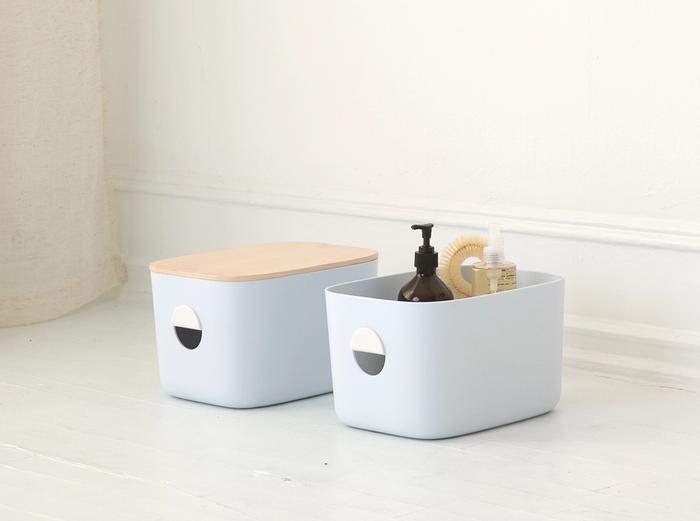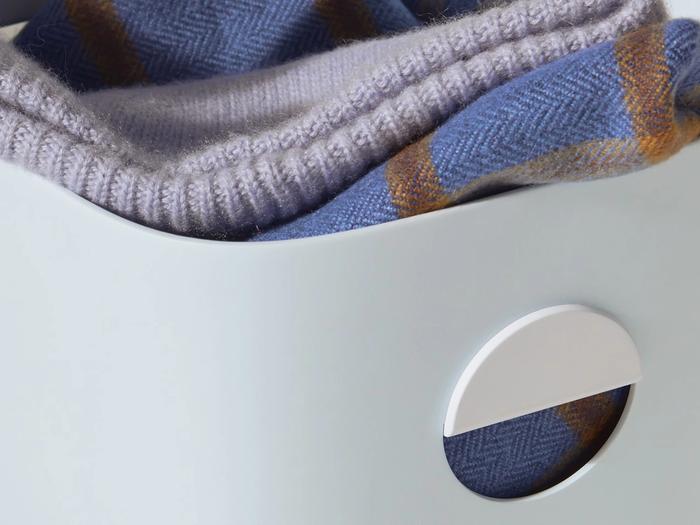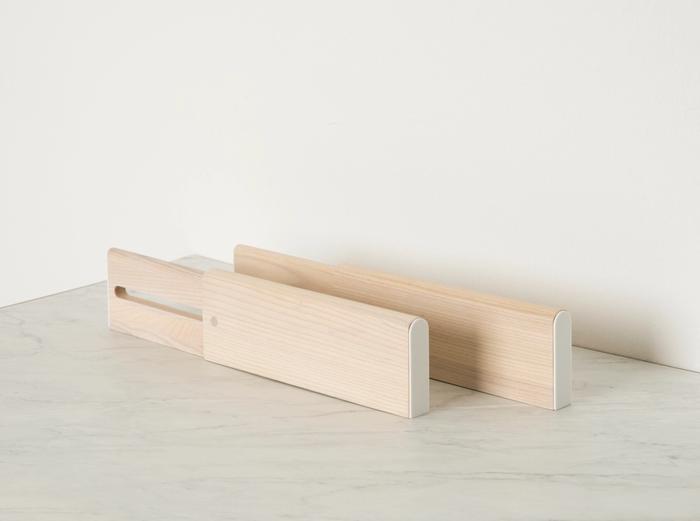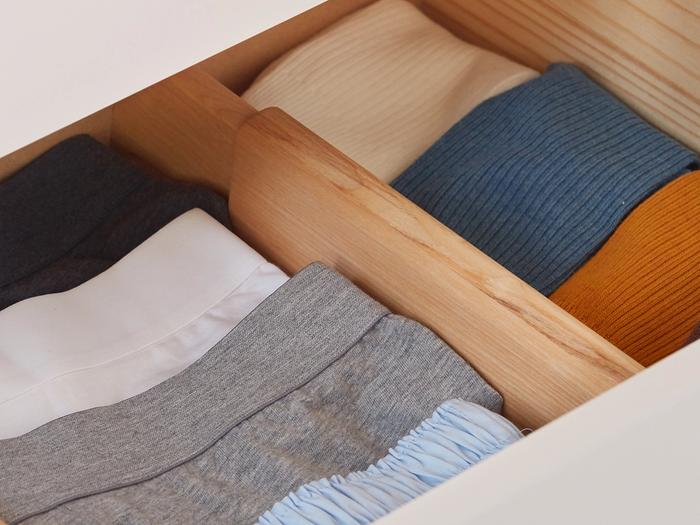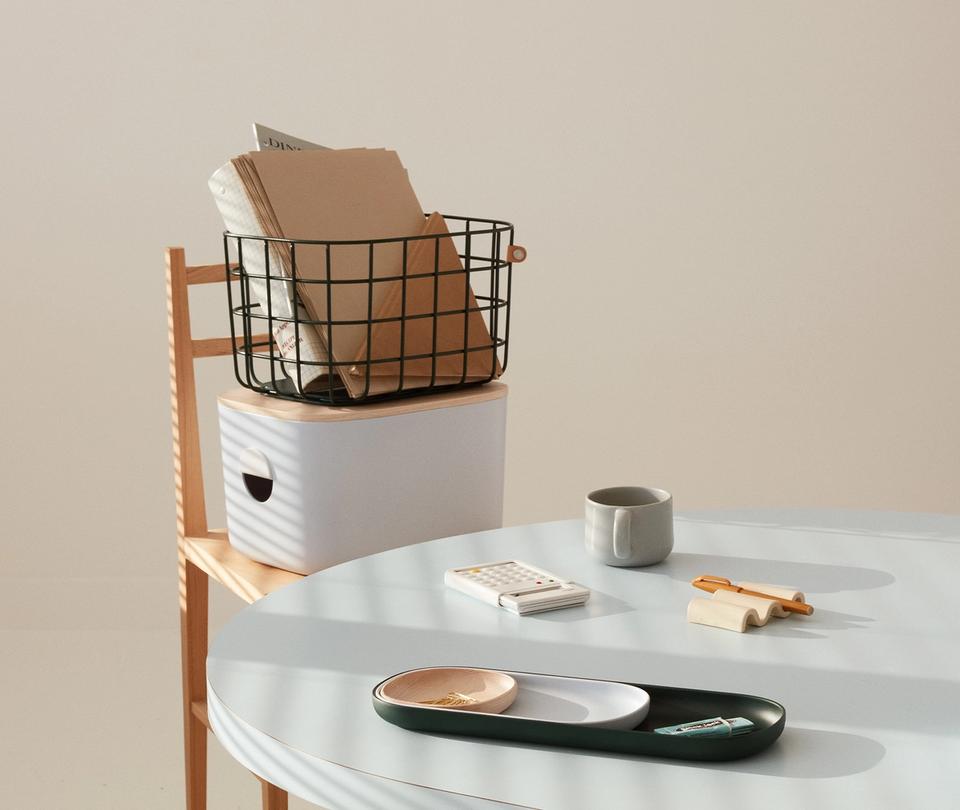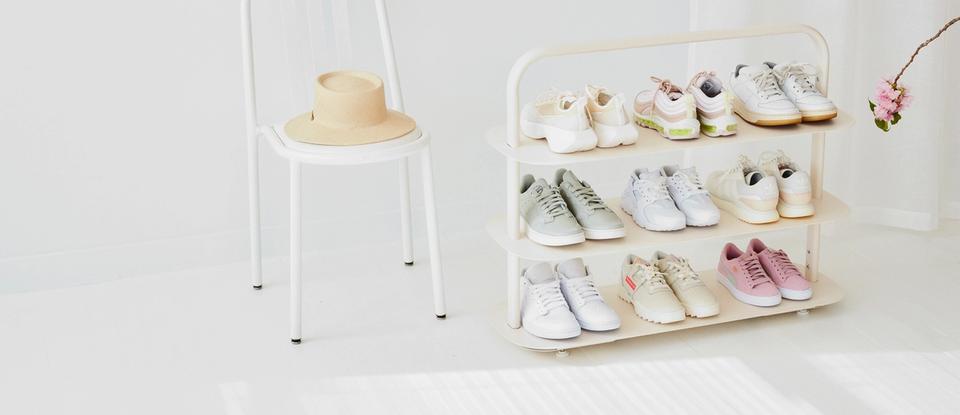Are you running low on drawer space? We know the feeling, so we’ve pulled together a simple guide to help you declutter and maintain a well-organized dresser.
Start by going through your clothing one category at a time
The key is to isolate one category at a time so that you have a better sense of what you have and how much you need. If you're feeling overwhelmed, it can be helpful to get more granular with your categories. For example, one person may be able to go through all of their tops at once, including sweaters, t-shirts, etc. Another person may want to break this category down further to make it less overwhelming: short sleeves, t-shirts, long sleeve button-ups, etc.
If each drawer contains a single category of clothing, then this is a great place to start, and you can go through one drawer at a time. But if you have multiple categories within a drawer, then choose a category to begin with, and pull out all of the items that belong in that category.
Decluttering is an essential part of the process
It's not always easy, but your drawers should only contain the items that fit you well, and you're excited to wear. By removing the items you don't wear, you'll free up space, and it will be much easier to find what you need when you need it. Plus, if you're wearing your favorite items more, you will likely decide to invest in high-quality pieces that hold up over time, which is better for you and the environment.
Keep what reflects you
Once you have all the items from a category in place, you can begin evaluating what to keep and what to let go of. If you're finding this step particularly tricky, consider the following questions or listen to this guided exercise. Remember to give yourself space to process. There's no rush here.
- If you didn't have this item now, would you buy it again?
- If you were moving, would you bring this with you?
- Have you worn this in the past year?
- Will you wear it in the next year?
Break up each category into three collections
Next, we're going to go through the remaining items in each category and organize them into three collections: Yes, Maybe, and No.
- Yes — This category captures the items that you genuinely love. The items you go for again and again, and immediately replace if they get lost or damaged.
- Maybe — This is somewhat explanatory, but it's everything you're unsure of, perhaps you're not ready to part with it, or it's not quite an enthusiastic yes.
- No — These are the items that you've meant to get rid of for some time now. There's no doubt that you're ready to part with them.
Next steps for the 'Yes' collection
Once you have your group of 'Yes' clothing, fold each item and begin to put it back in your drawer. Our Drawer Dividers and Small Bins can be handy in larger drawers where items easily get jumbled. If low maintenance items like workout gear, swimsuits, socks, or pajamas take up more space than you might like, consider relocating them to a bin or basket nearby.
Next steps for the 'Maybe' collection
Now it's time to go back through your 'Maybe' collection to fill in any gaps. Keep in mind that the end goal here is for your dresser drawers to contain items you love, so try not to dilute the collection with items you could do without.
You should end up with three groups of clothing
Group one contains all the items you want to keep. These may not all be items you love, but 80% of them should be. It's okay to keep something because it functions well and serves a necessary purpose. Just because you're not jumping for joy whenever you're pulling on your exercise shorts doesn't mean you should get rid of them.
Group two includes items you're not sure about. You're not ready to get rid of them, but they didn't quite make the cut. This group probably contains a few aspirational items that might not reflect who you are right now. Stack these up and stow them away in a closet or under the bed . If you have no recollection of what you've been missing in six months, it's probably time to find them a second home for them.
Group three includes the "No" items. We'd recommend first looking to friends who might be able to use what you won't. Click here for the next best things.
Take time to reflect on the process
If you the time to do so, try to set aside a few minutes to reflect on the process and what you learned. Did you come across any items you keep buying but never wear? Were you gravitating to specific colors? Try to keep these notes handy and review them when you're shopping in the future. It will help you cut down on unnecessary purchases and maintain a well-organized dresser.

